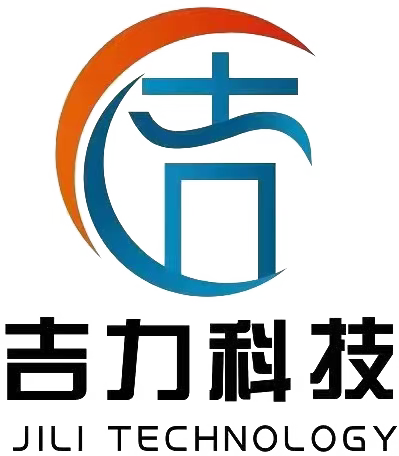3D-Printed Dental Models Empowering Precise Dental Treatment Project Case
I. Project Background
A dental clinic received a patient requiring complex tooth restoration and implantation. The patient had multiple missing teeth, with the remaining teeth being crooked and defective. Additionally, long-term dental issues had caused changes in the alveolar bone morphology. Traditional dental impression taking involves placing impression materials in the patient’s mouth, which is not only time-consuming but also prone to causing patient discomfort, resulting in insufficient model accuracy. It is difficult to accurately represent the detailed structures of teeth, alveolar bone, and surrounding tissues, posing significant challenges to diagnosis and treatment plan formulation. To overcome this dilemma, the clinic adopted 3D printing technology from Dongguan Jili Technology to produce high-precision 3D-printed dental models.
II. Processing Difficulties
- Micron-level Precision Requirement: 3D-printed dental models need to accurately reproduce tooth shape, position, occlusal relationship, as well as alveolar bone height and density, with errors controlled within the micron range. Traditional impression-taking technology cannot meet this requirement.
- Patient Cooperation Challenge: The stimulation of traditional impression materials easily causes patients to experience nausea and discomfort, affecting the stability of the impression-taking process and further reducing model accuracy. The preliminary data collection for 3D-printed dental models needs to avoid this problem.
- Complex Structure Reproduction: The patient’s oral cavity has intertwined issues such as missing and crooked teeth. 3D-printed dental models need to fully represent these complex structures, which places high demands on the control of modeling logic and printing details.
III. Solutions
- High-Precision Data Collection: A non-contact optical intraoral scanner was used to conduct a comprehensive scan of the patient’s oral cavity. Within a few minutes, it could capture 3D data of the oral interior, including key information such as tooth arrangement, occlusal relationship, and alveolar bone morphology. The entire process caused no obvious discomfort to the patient, providing a precise data foundation for 3D-printed dental models and effectively avoiding the drawbacks of traditional impression taking.
- Digital Model Construction: The 3D data obtained from scanning was imported into professional design software. Through data optimization and structural completion, an accurate digital model of the patient’s oral cavity was built. This model could clearly show every detail of the oral cavity, providing a precise basis for the production of 3D-printed dental models.
- Professional 3D Printing Production: Dongguan Jili Technology provided industrial-grade 3D printers and medical resin materials. According to the structure of the digital model, 3D-printed dental models were produced through a layer-by-layer deposition method. Finally, physical models including complete dentition and auxiliary structures were presented, with rich details and up-to-standard accuracy.
- Preoperative Plan Simulation: With the help of the printed high-precision 3D-printed dental models, doctors visually analyzed the patient’s oral condition and accurately planned the implantation position and angle of dental implants. For crooked and defective teeth, a combined orthodontic and restoration plan was formulated. The orthodontic process and restoration design were simulated on the models to ensure that the restorations perfectly fit the oral tissues.
IV. Project Achievements
The treatment plan developed based on 3D-printed dental models was accurately implemented, and the patient’s tooth restoration and implantation surgery were successfully completed. After the operation, the patient’s masticatory function returned to normal, with neat teeth arrangement and natural appearance, significantly enhancing the patient’s self-confidence. At the same time, the production cycle of 3D-printed dental models was greatly shortened, from 3-5 days with traditional impression taking to within 1 day, improving the treatment efficiency by more than 60%. The patient was highly satisfied with the treatment effect and experience, and the clinic also expanded its ability to treat complex dental cases through this technology.
This project fully verified the advantages of 3D-printed dental models in the field of dental treatment. Dongguan Jili Technology, relying on its mature technical solutions, provided key support for the implementation of high-precision 3D-printed dental models, offering an efficient and accurate solution for the treatment of complex dental diseases.

